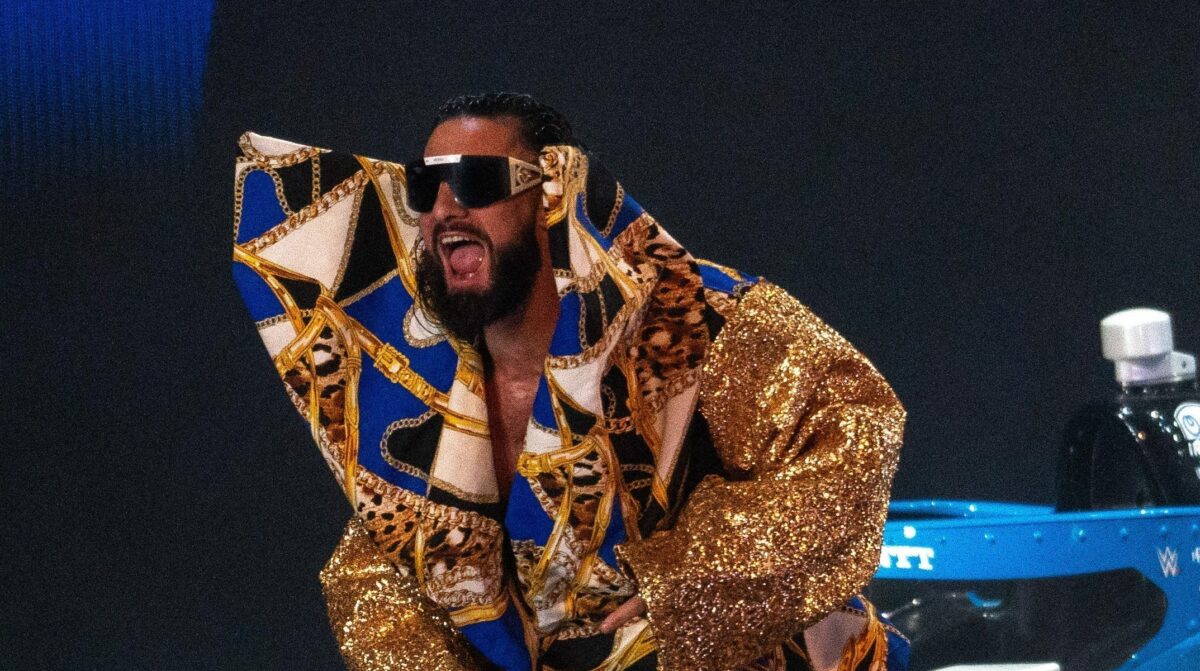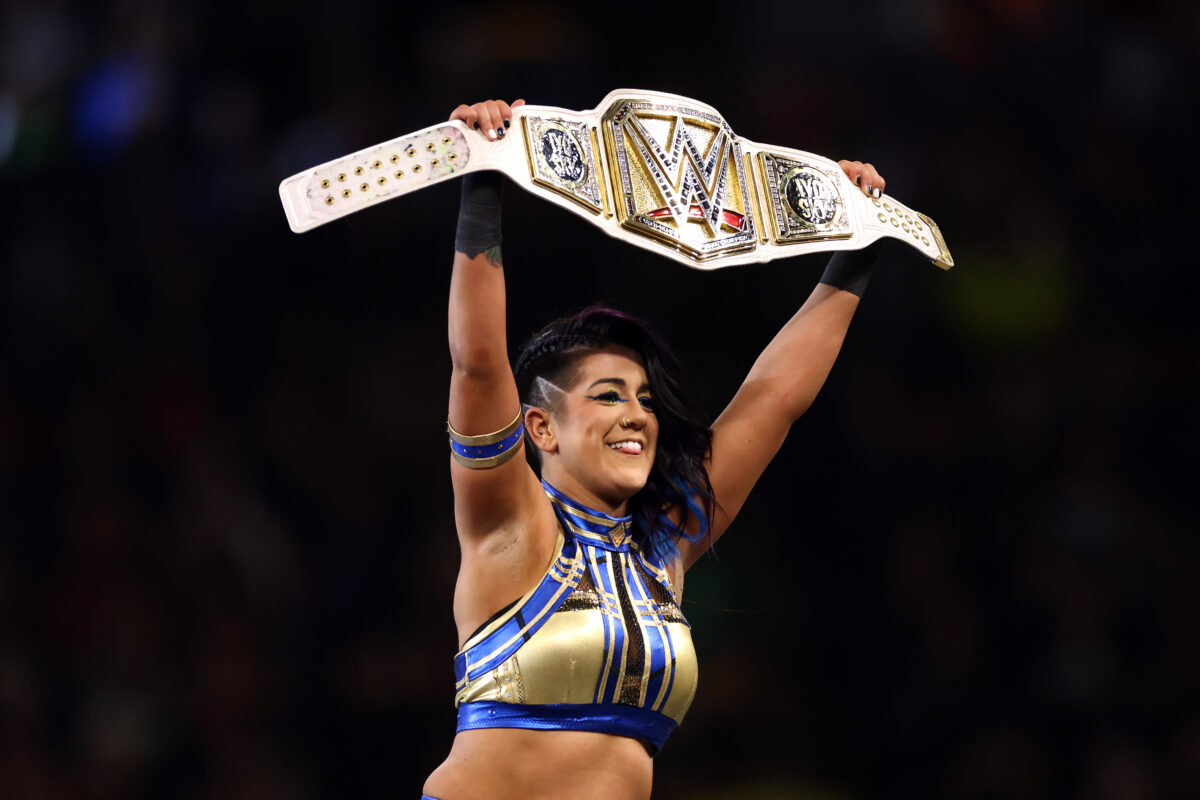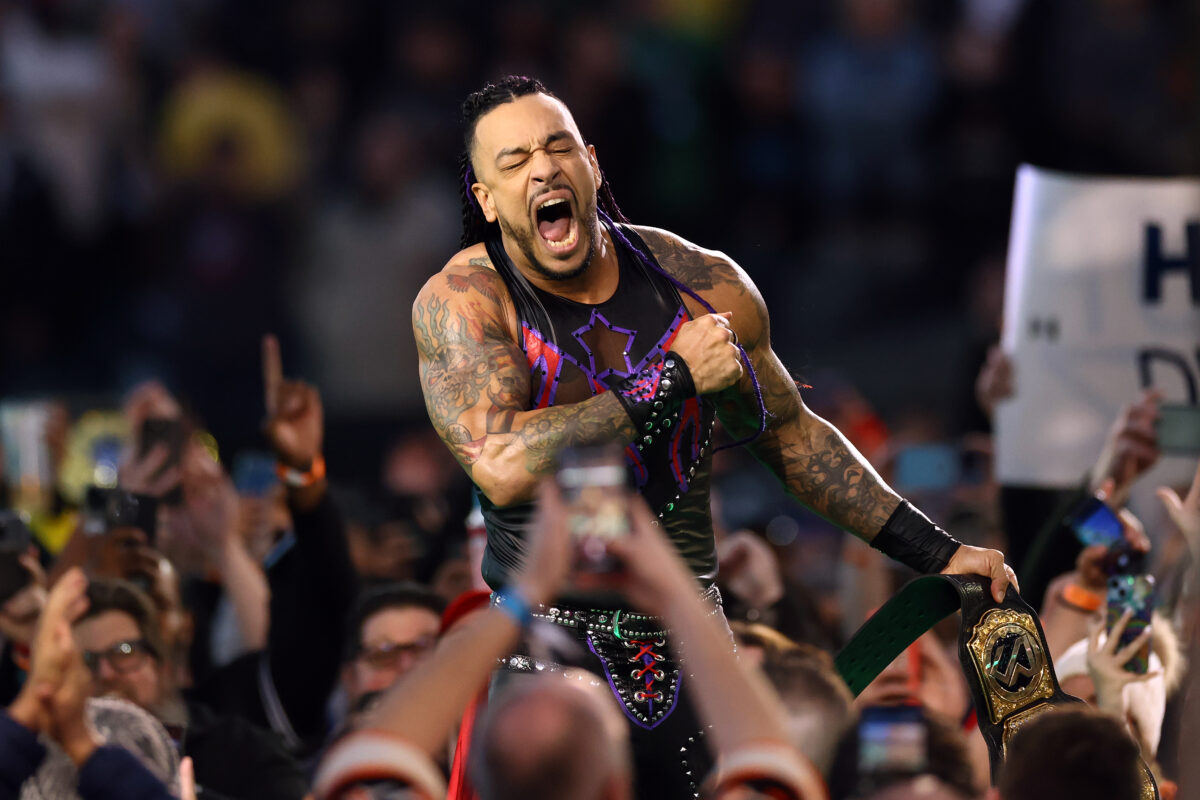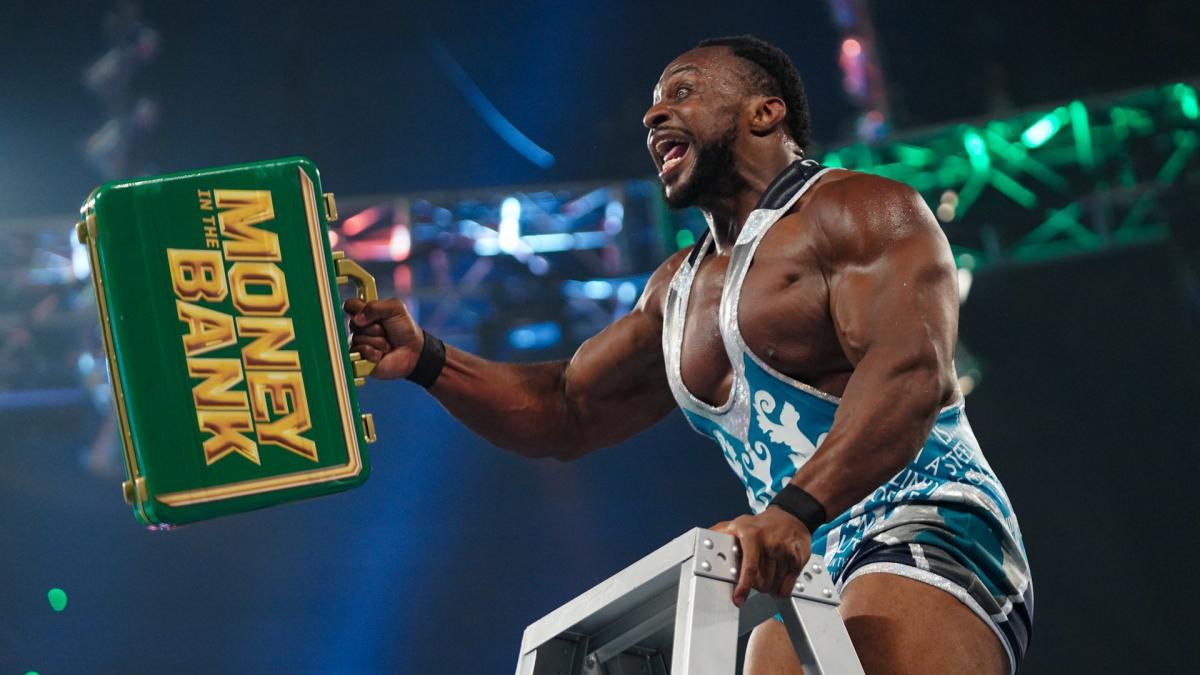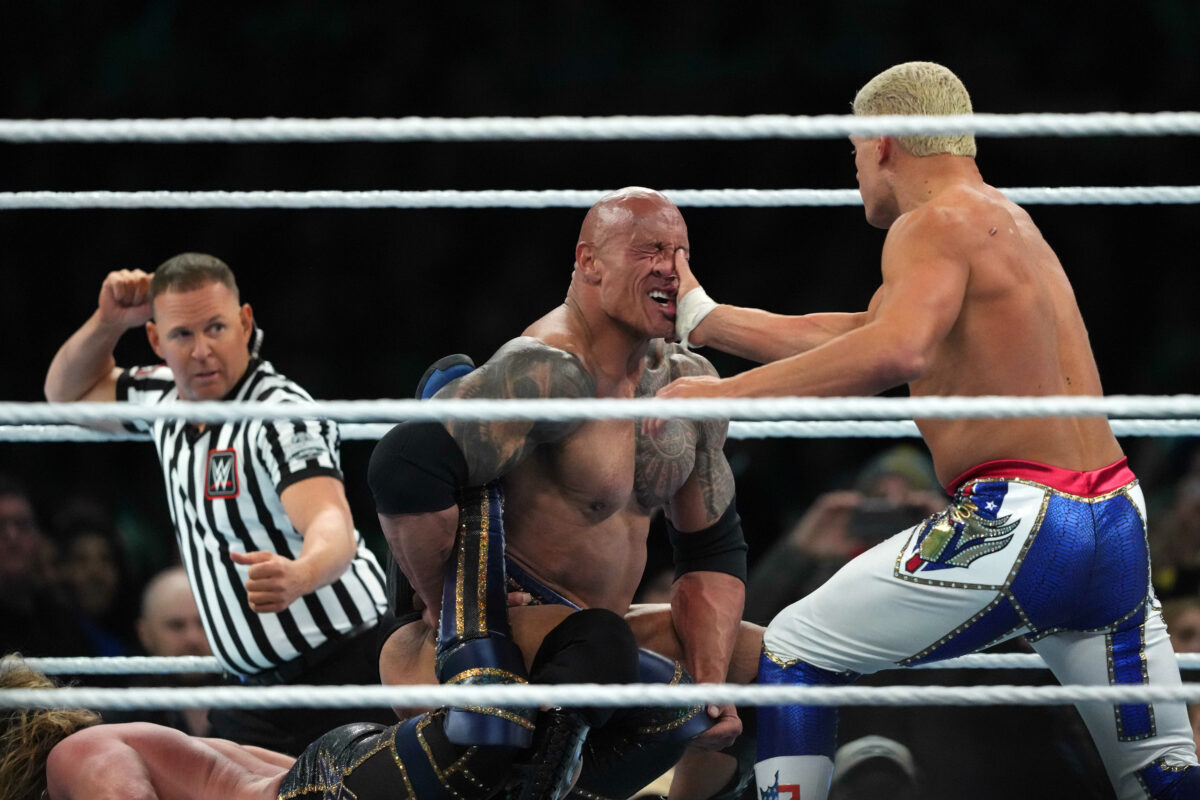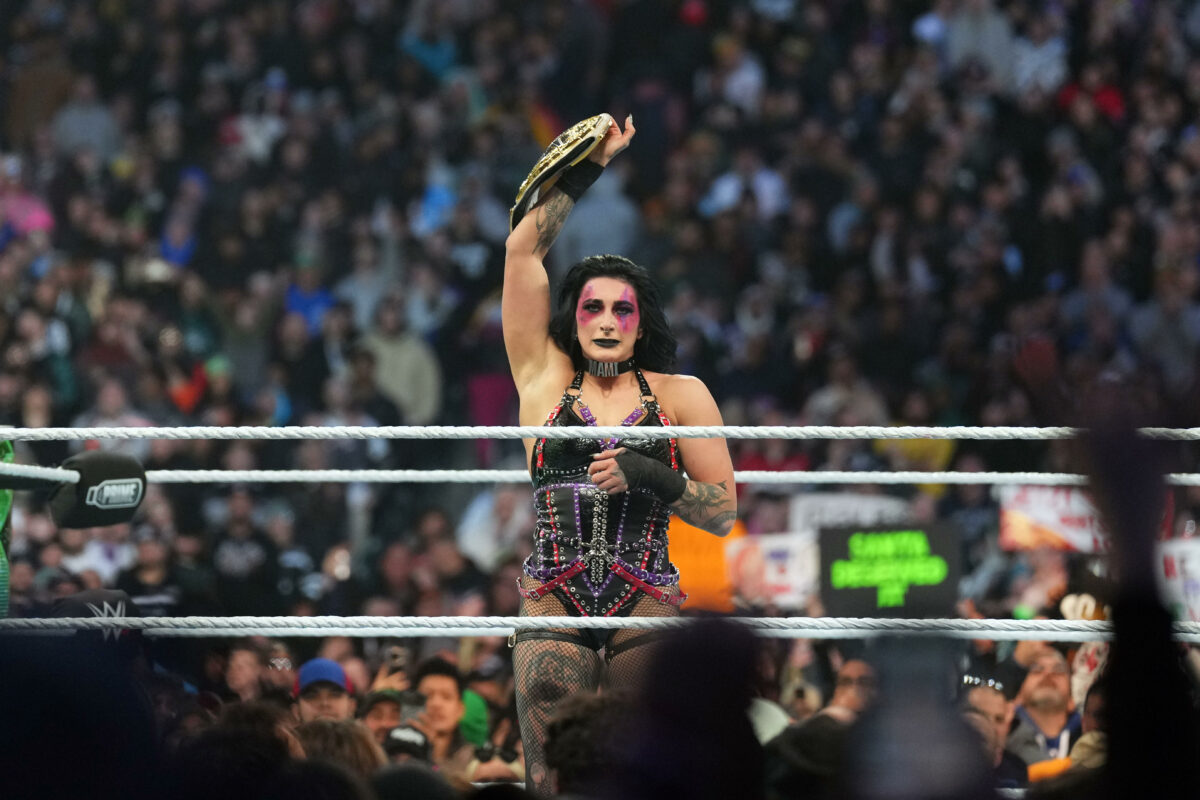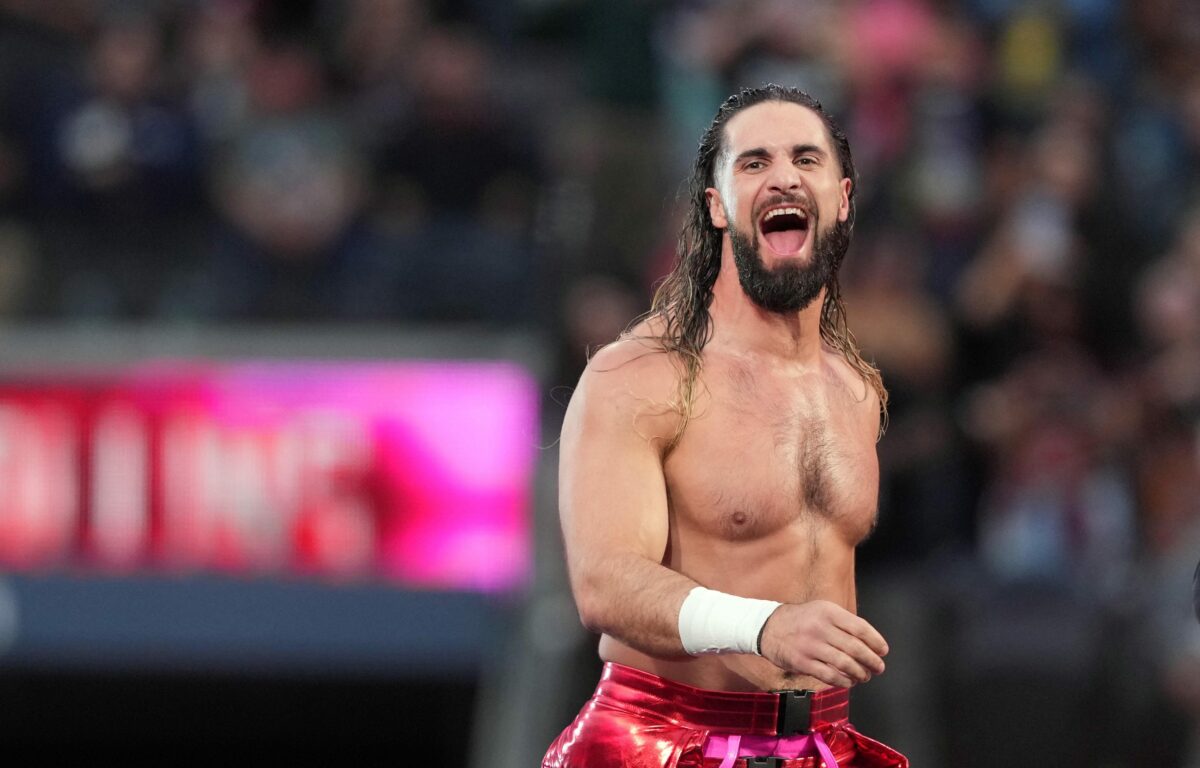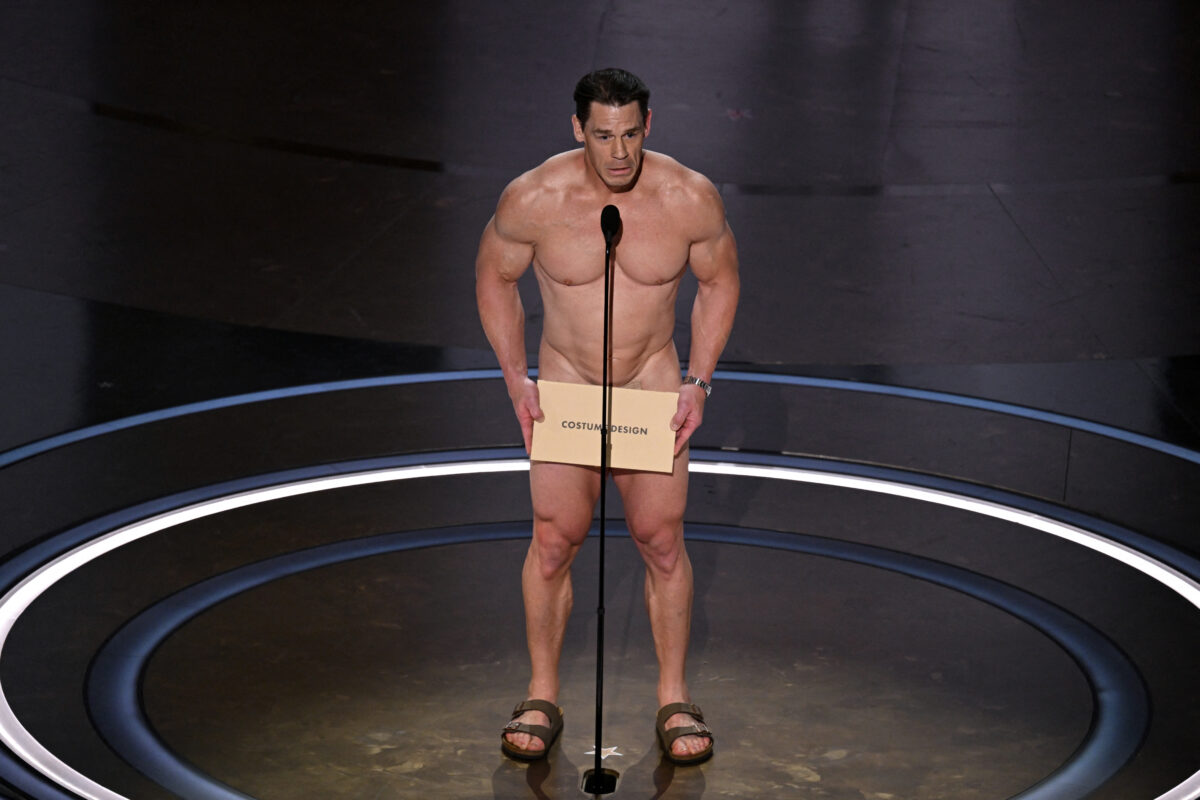The 2024 NFL Draft kicked off on Thursday and will continue throughout the weekend, but that’s not the only major draft happening this week.
Just a few weeks after WrestleMania 40, WWE will kick off the 2024 WWE Draft on Friday’s episode of SmackDown (8 p.m. ET, FOX). The Draft will be split across two nights, with the draft concluding on Monday Night Raw a few days from now.
The Bloodline was the No. 1 overall pick one year ago by SmackDown – and the blue brand will have the top pick again on Friday.
How does the WWE Draft work, and which superstars are eligible to be drafted? We’ve got you covered.
How does the 2024 WWE Draft work?
There are a few ground rules for the WWE Draft. Most importantly, the current champions aligned with specific shows will remain on those shows.
That means that Damian Priest, Becky Lynch, Awesome Truth and Sami Zayn will continue to appear on Raw and cannot be drafted.
Cody Rhodes, Bayley, A-Town Down Under and Logan Paul will remain on SmackDown. The Kabuki Warriors, as non-aligned tag champs, will still be available to appear on either show, but will be drafted and will go to the show that drafts them whenever they lose their titles.
SmackDown and Raw will alternate picks. SmackDown will get the first pick on Friday, and each show will receive eight picks in total. On Monday, Raw will get the first pick, and each show will get 12 picks.
WWE stars eligible to be drafted on Friday, April 26
- AJ Styles
- Alba Fyre and Isla Dawn
- Alpha Academy (Chad Gable, Otis, Akira Tozawa and Maxxine Dupri)
- Andrade
- Bianca Belair
- Bron Breakker
- Cedric Alexander and Ashante “Thee” Adonis
- Ivar
- Jey Uso
- LA Knight
- Liv Morgan
- Nia Jax
- Randy Orton
- Ricochet
- Seth Rollins
- Shayna Baszler
- Sheamus
- The Bloodline (Roman Reigns, Solo Sikoa, “MFT” Tama Tonga and Paul Heyman)
- The O.C. (Luke Gallows, Karl Anderson and Michin)
- Zoey Stark
WWE stars eligible to be drafted on Monday, April 29
- #DIY
- Apollo Crews
- Braun Strowman
- Bronson Reed
- Candice LeRae and Indi Hartwell
- Chelsea Green and Piper Niven
- CM Punk
- The Creed Brothers (Julius Creed, Brutus Creed and Ivy Nile)
- Damage CTRL (IYO SKY, Dakota Kai and Kabuki Warriors)
- Drew McIntyre
- Final Testament (Karrion Kross, AOP, Scarlett and Paul Ellering)
- Giovanni Vinci
- Imperium (Gunther and Ludwig Kaiser)
- Jade Cargill
- Judgment Day (Finn Bálor, Dominik Mysterio and JD McDonagh)
- Kayden Carter and Katana Chance
- Kevin Owens
- Legado del Fantasma (Santos Escobar, Angel, Berto and Elektra Lopez)
- LWO (Rey Mysterio, Carlito, Dragon Lee, Cruz Del Toro, Joaquin Wilde and Zelina Vega)
- Naomi
- Natalya
- New Catch Republic (Pete Dunne and Tyler Bate)
- New Day (Kofi Kingston and Xavier Woods)
- Odyssey Jones
- Pretty Deadly (Elton Prince and Kit Wilson)
- Shinsuke Nakamura
- Tegan Nox
- The Pride (Bobby Lashley, Street Profits and B-Fab)
- Tiffany Stratton
Notable wrestlers not in the draft pool (inactive or injured)
- Alexa Bliss
- Carmella
- Charlotte Flair
- Jimmy Uso
- Rhea Ripley
- The Rock
